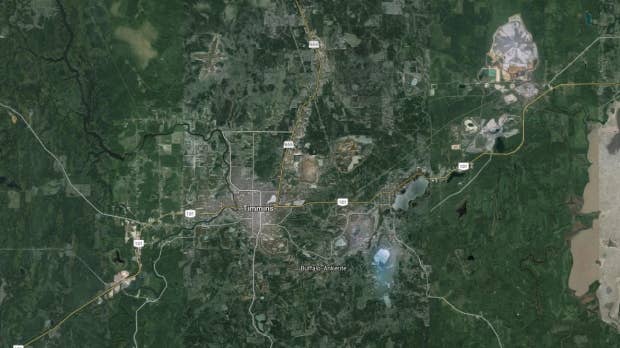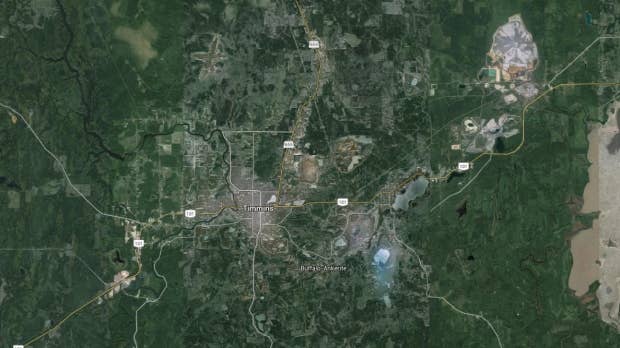
Researchers at the University of Toronto have discovered the world's oldest water. The ancient liquid was located three kilometers beneath the planet's surface, under a metal mine in Timmins, Ontario. Scientists say that this exciting new discovery could lead to a better understanding of our own planet, but could also point to clues about the possibility of life on Mars. The Canadian water itself is dated at 2 billion years, much older than the previously assumed case, which was only tens of millions of years old. The underground water contains traces of metals and minerals, which have left it yellowish in colour. In addition to its bacterial makeup, the water is also ten times more salted than the ocean, and emits a rather sulfuric smell.
The discovery was led by Prof. Barbara Sherwood Lollar, who is a Polanyi Prize-winning geologist from U of T. She and the group dug deep into the sedimentary rock to make the incredible find. Speaking with the Canadian Press, Sherwood Lollar says that miners have known about the ancient water for years now. "The first notations of this go back to the 1880s, but it has somehow flown under the radar of science and had not been investigated or understood," she told the press. "If you talk to miners throughout these kinds of rocks, whether in Africa, Australia or Canada, they know there's this smelly, salty water down there."
While the find alone is quite an achievement, what's more exciting is what the water could tell the science community about Mars. This notion was reiterated by Sherwood Lollar once again. "If we've been able to find water deep in the Earth's crust still flowing and full of the kinds of energy that can support life, this has very important implications for the habitability of Mars because it means that it's likely that this kind of energy-rich fluids are somewhere present deep in the subsurface of Mars as well".
The discovery was presented to American Geophysical Union, and will be published in an upcoming issue of Nature.

